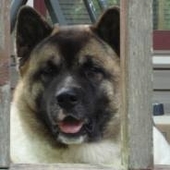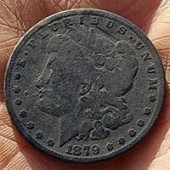Request For Experienced Opinions On Detectors With 2-d Graphics
-
Similar Content
-
- 13 replies
- 1,061 views
-
- 6 replies
- 1,970 views
-
- 19 replies
- 2,560 views
-
- 8 replies
- 1,146 views
-
- 2 replies
- 793 views
-
- 7 replies
- 1,593 views
-
-








Recommended Posts
Create an account or sign in to comment
You need to be a member in order to leave a comment
Create an account
Sign up for a new account in our community. It's easy!
Register a new accountSign in
Already have an account? Sign in here.
Sign In Now